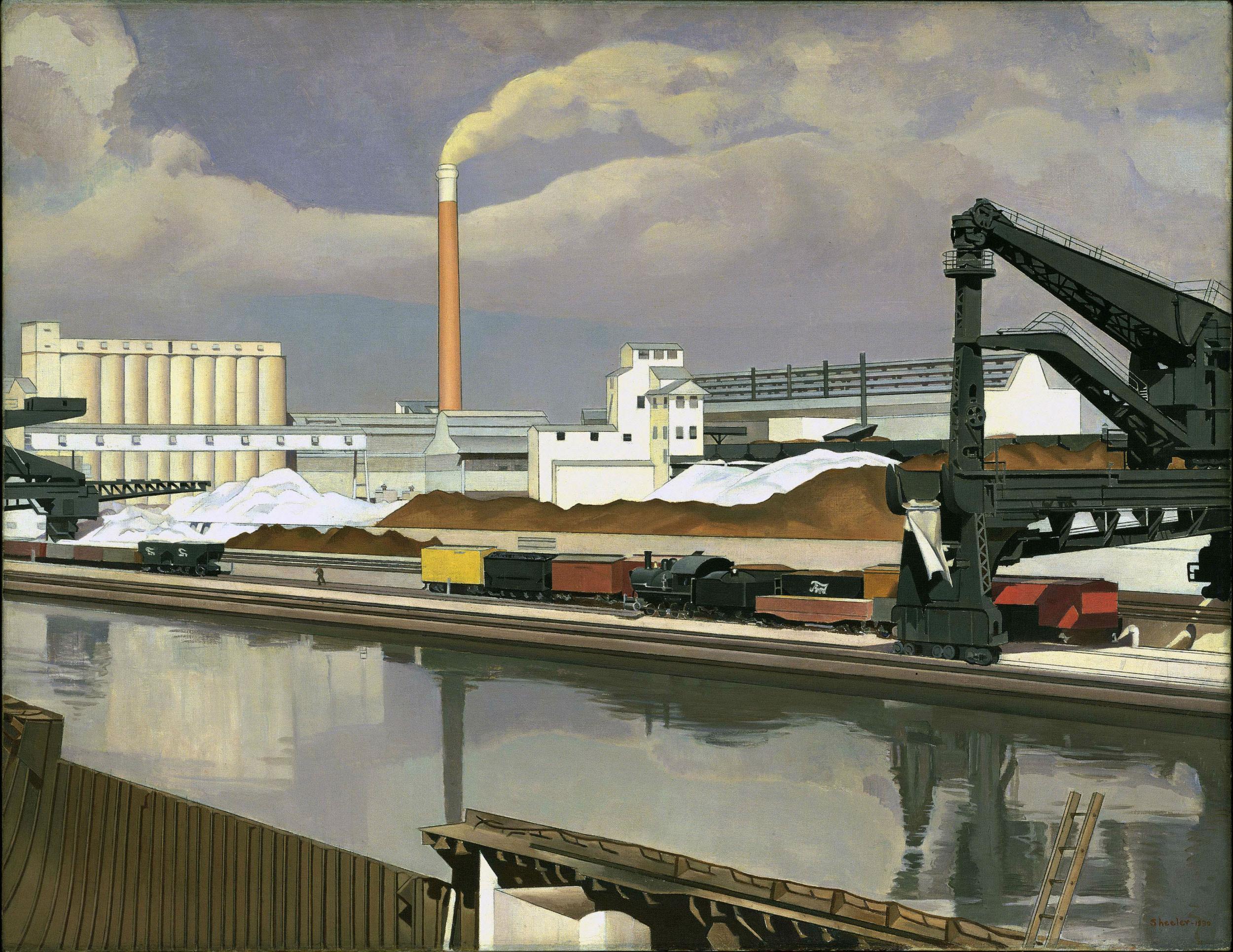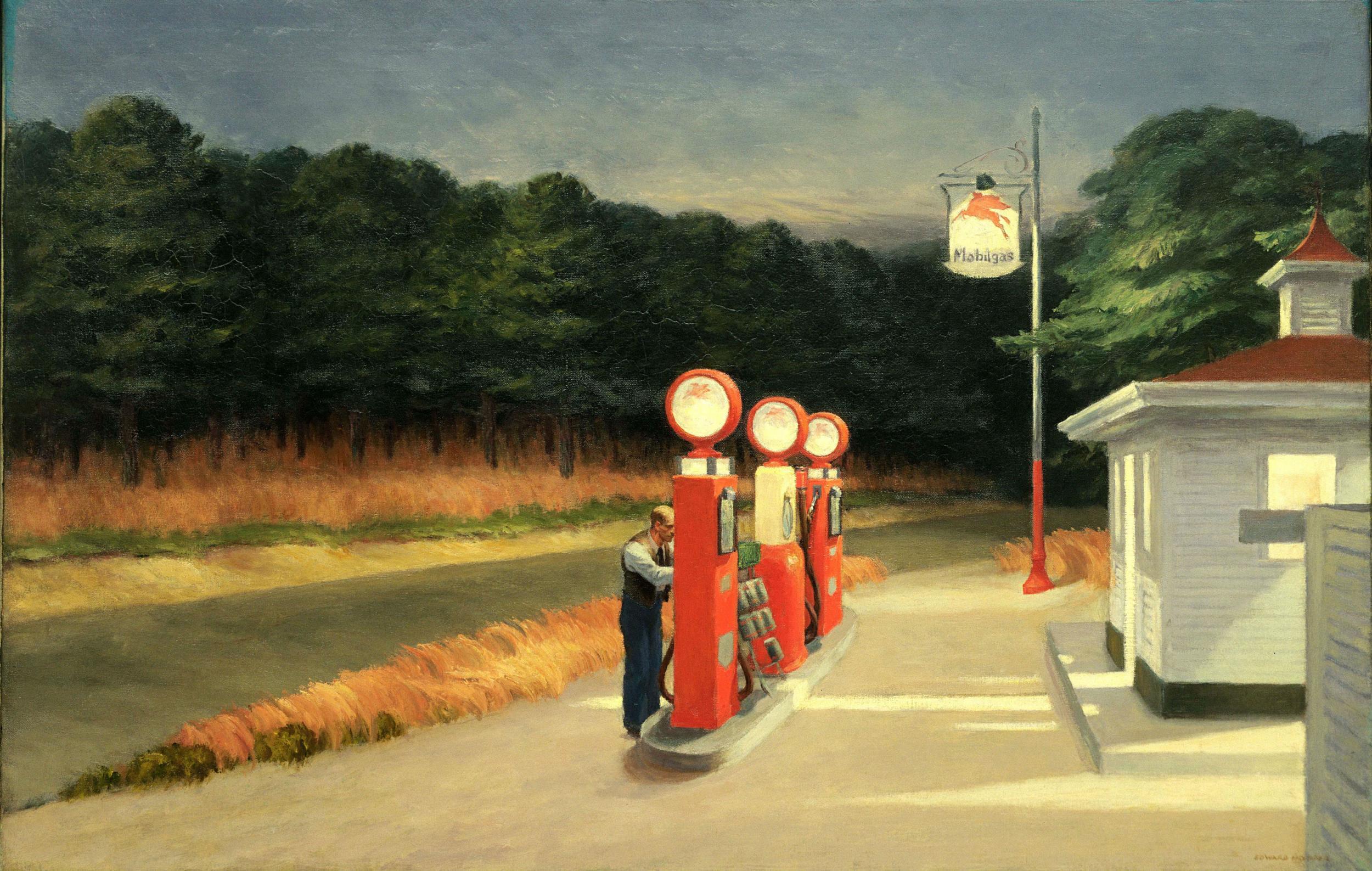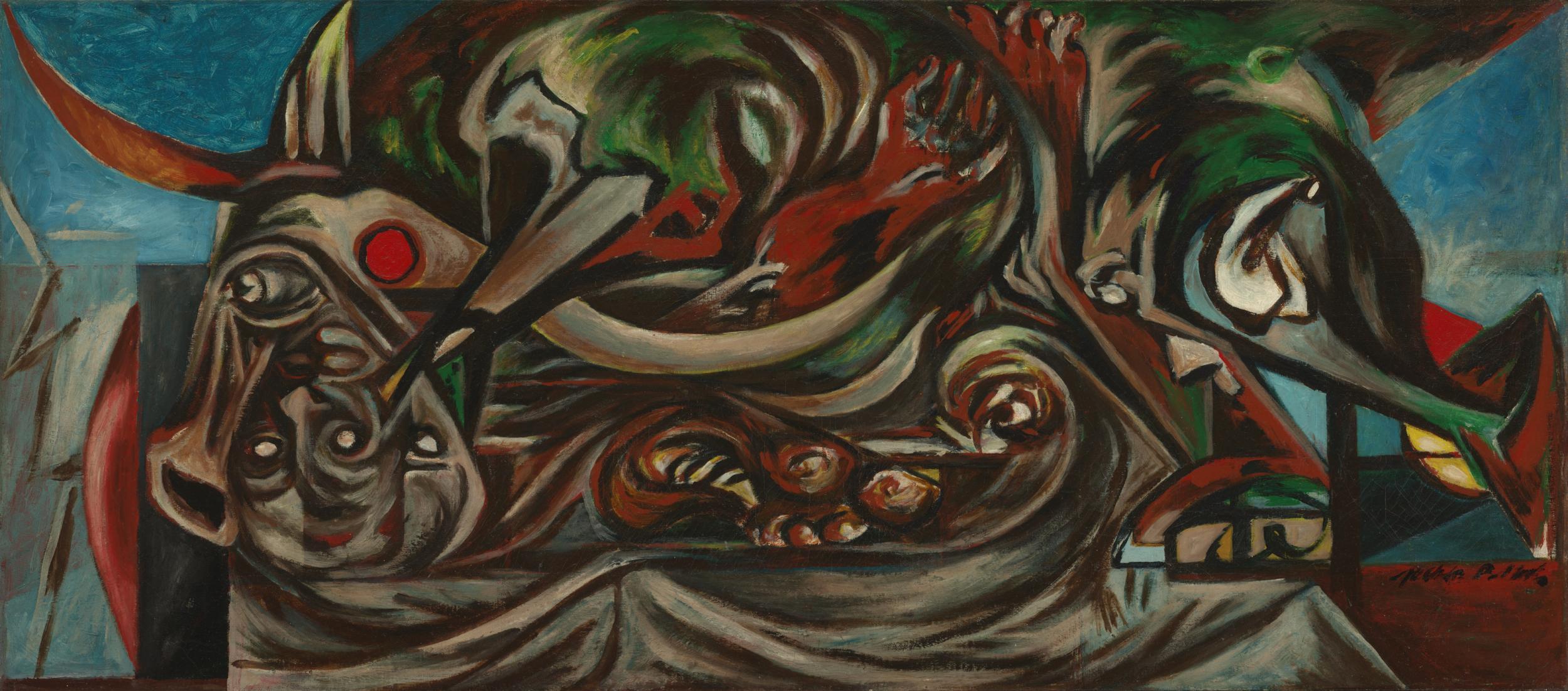America after the Fall: Painting in the 1930s, Royal Academy of Arts, review: It is a show of highly significant paintings

Your support helps us to tell the story
From reproductive rights to climate change to Big Tech, The Independent is on the ground when the story is developing. Whether it's investigating the financials of Elon Musk's pro-Trump PAC or producing our latest documentary, 'The A Word', which shines a light on the American women fighting for reproductive rights, we know how important it is to parse out the facts from the messaging.
At such a critical moment in US history, we need reporters on the ground. Your donation allows us to keep sending journalists to speak to both sides of the story.
The Independent is trusted by Americans across the entire political spectrum. And unlike many other quality news outlets, we choose not to lock Americans out of our reporting and analysis with paywalls. We believe quality journalism should be available to everyone, paid for by those who can afford it.
Your support makes all the difference.The upstairs rooms at the Royal Academy are crisp and boxy – like a tidy argument. The curators of this show try to do something similarly neat and compacted with painting in America during the 1930s, tidying it away into themes and moments. It doesn’t work. Does that matter, though? No.
This is not a show of great paintings by a small number of artists. It is a show of highly significant paintings by the many who were struggling to define the nature of an America that was coming into being during a momentous decade. It's an unruly show from first to last, wildly stylistically inconsistent – in fact, it tries to make its own rules as it goes along, looking wistfully over its shoulder at Europe one moment, wrestling with its own nostalgia-soaked version of American pastoral another.

Even when it gives a cold, steady, fact-based stare at industrialised America in the paintings of Charles Sheeler, it doesn't quite know how to cope with it, how to make sense of it, how to turn it into a current reality. The reality – whatever strange something it is that is underpinning this vision – seems to spin away, to blur off into a strangely frozen unreality, like a turbine out of control. Look at how Philip Guston captures the idea of the aerial bombardment of Guernica, representing it in a swirling tondo of stricken figures, weirdly extended physically, wrenched awry, limbs straight out of Parmigianino.
In this respect, the show feels like journalism at its best, forever trying to make sense of the sheer, no holds barred cacophony of a ceaselessly unpeeling story. Styles are tried on and shucked off like unwanted clothes. There's an anxiety about using paint at all. See how the marvellous, near airborne structure of the George Washington Bridge seems to melt away like over-long masticated gum in a painting by O Louis Guglielmi. There is an anxiety here, everywhere, a blundering through, a reaching out, often tentative. Is the slow deliberation of paint quite equal to the occasion?

If only this were the Italian Renaissance, when the church could provide the timeless content! But America, its mess and noise and sprawl, from its rural fastnesses to its jazz age shriek, all that hot-foot slither of its urbanity, was something new. The world of New York is heady, vaporous, light-headed. Abstraction makes an entrance, but it wholly fails to convince. The early Pollock is one of the least energised paintings in the show. Will painting in America ever get up to speed? Will it ever be able to ride the winds of change? Yes, within a few years from this point, Pollock and others had found the energy, the focus, the momentum. This self-perplexed decade, you could say, was one of brilliant, preparatory toil.
Join our commenting forum
Join thought-provoking conversations, follow other Independent readers and see their replies
Comments